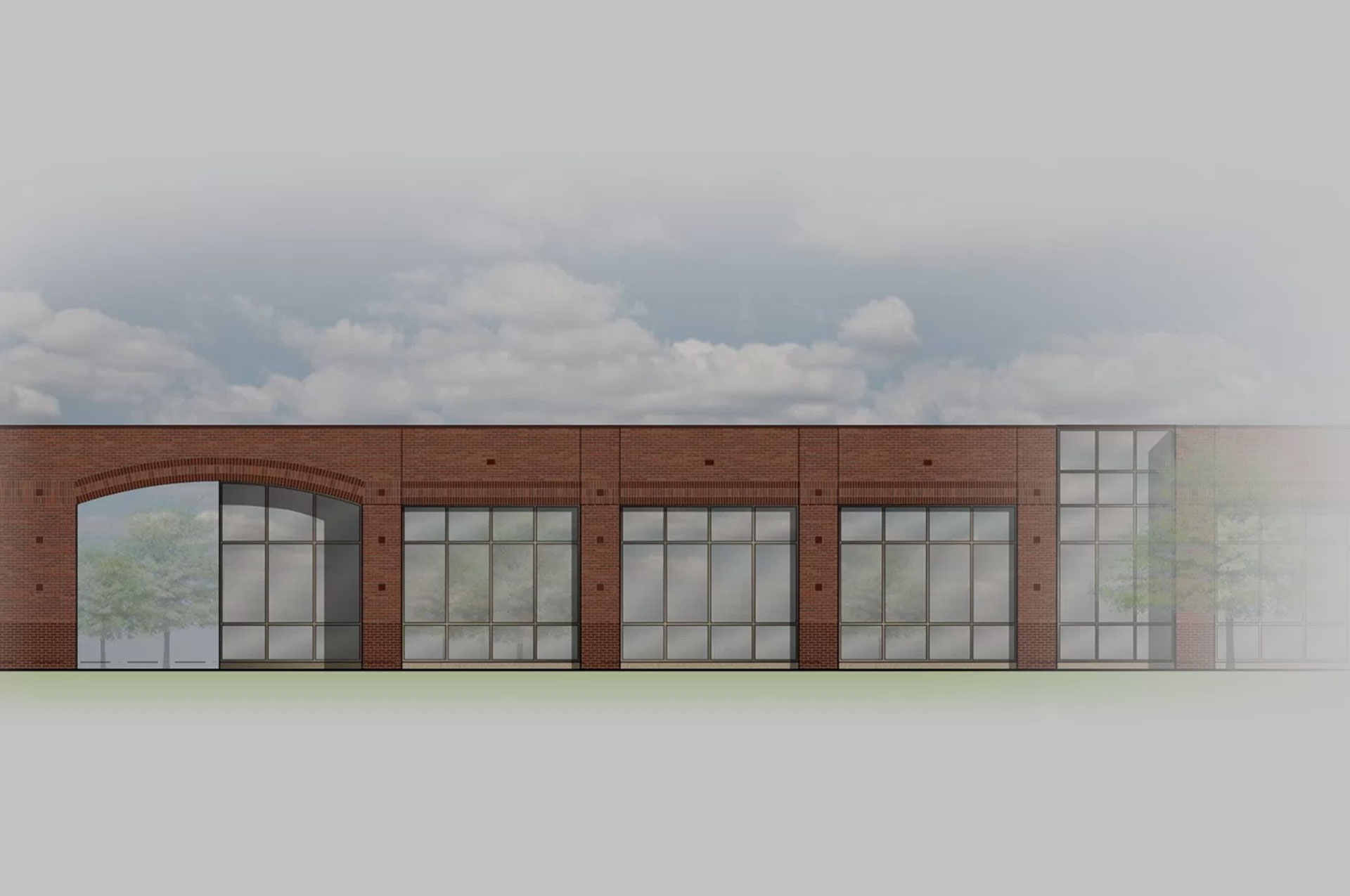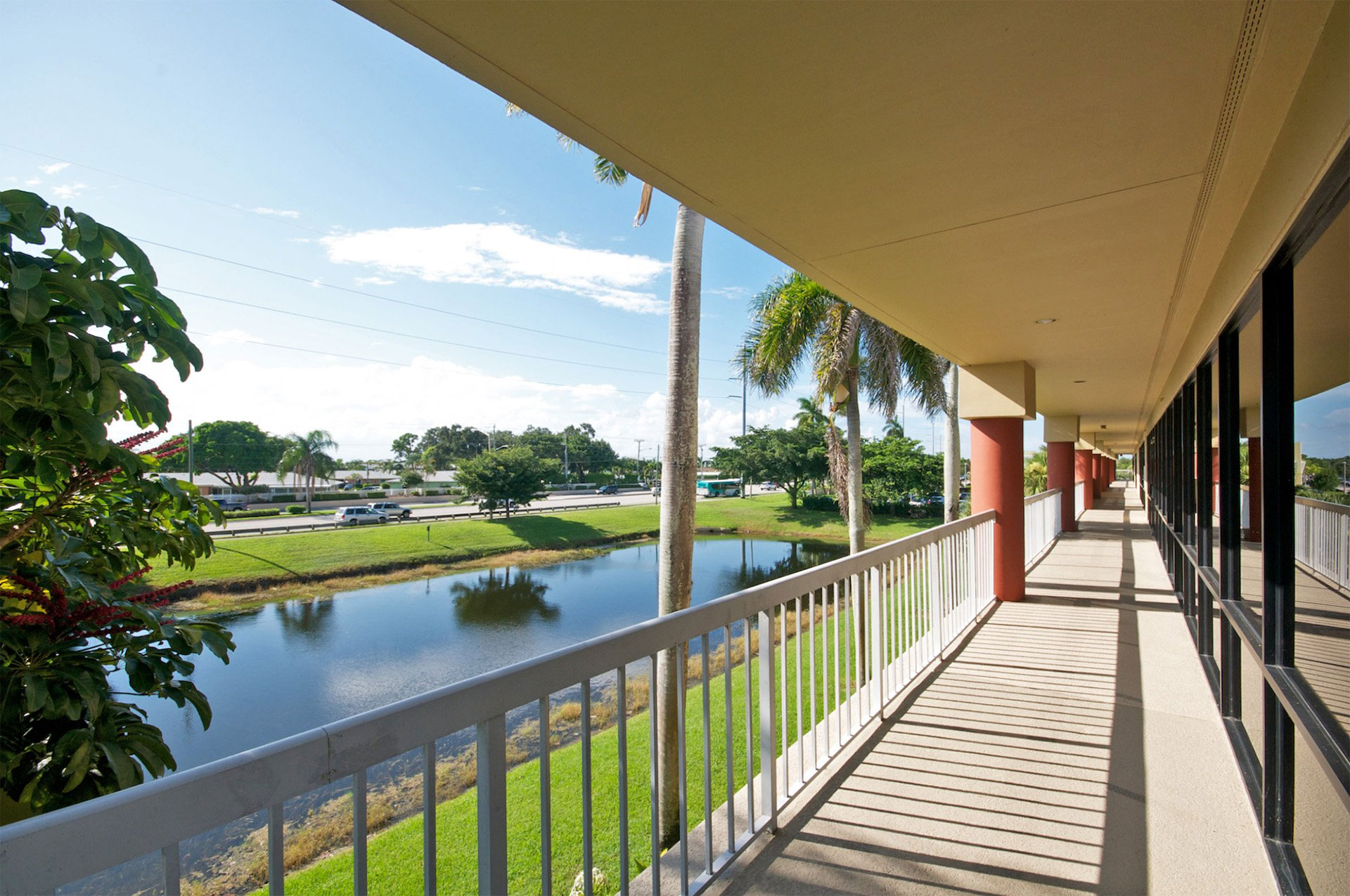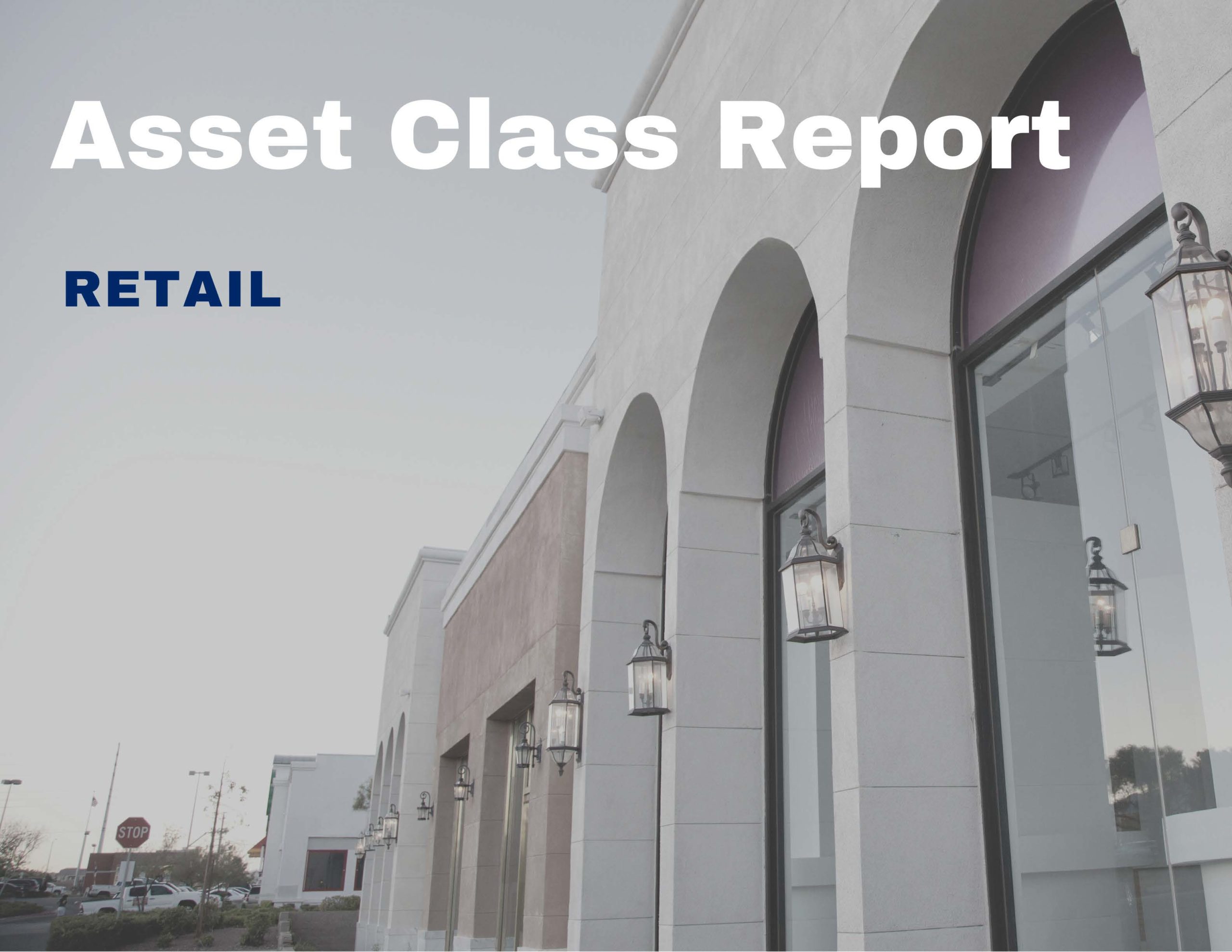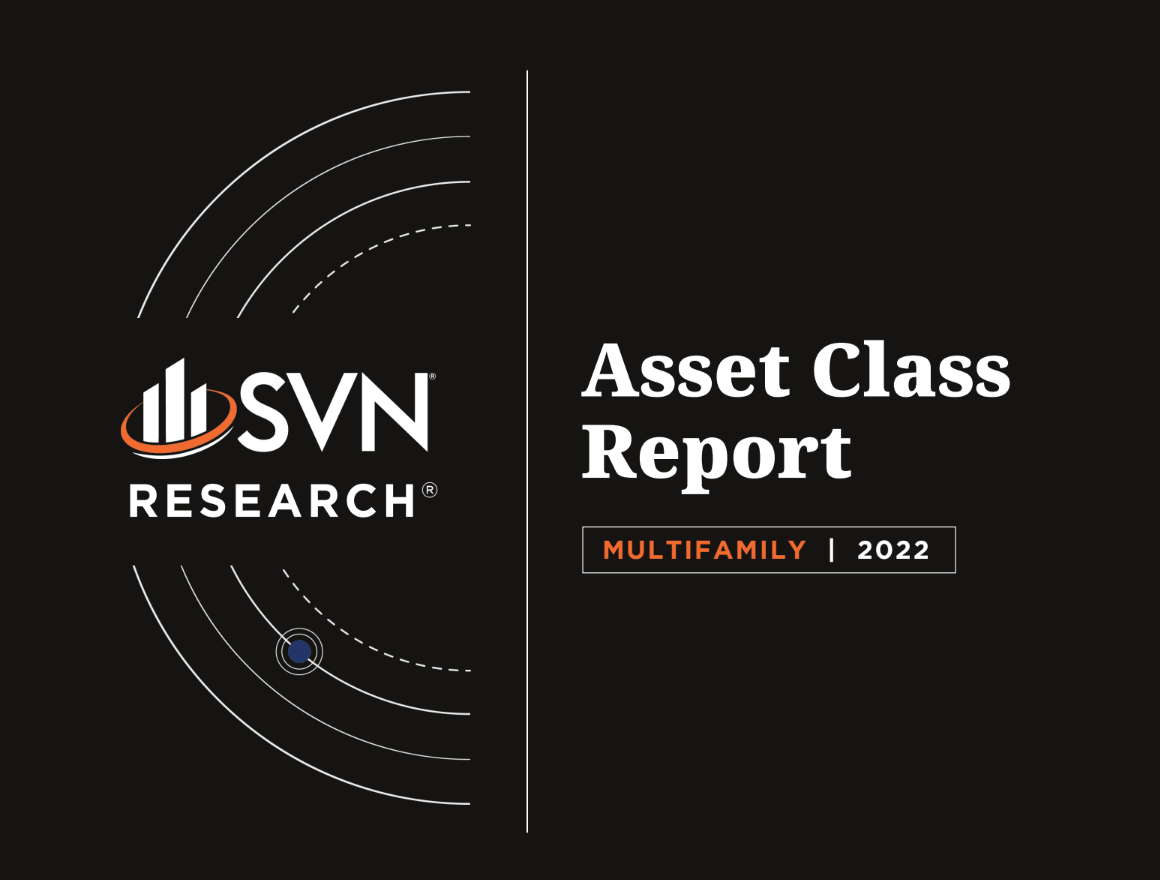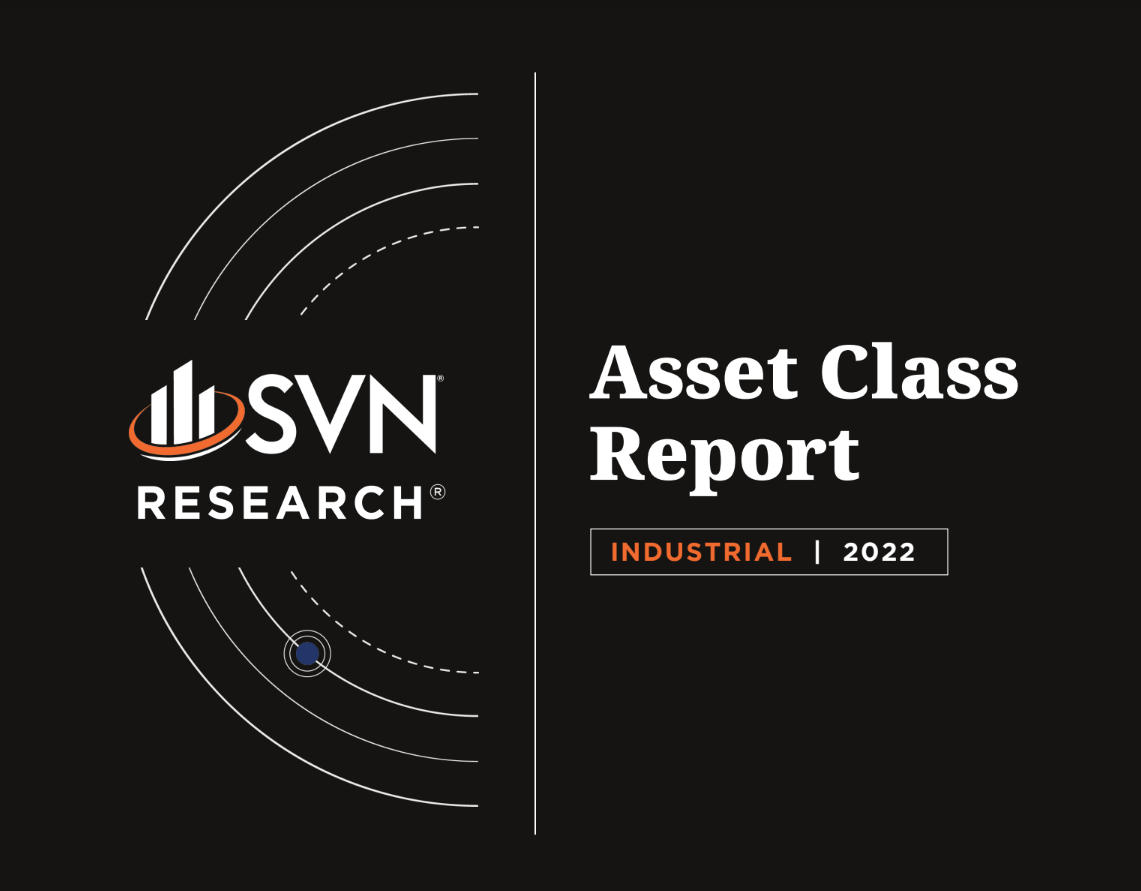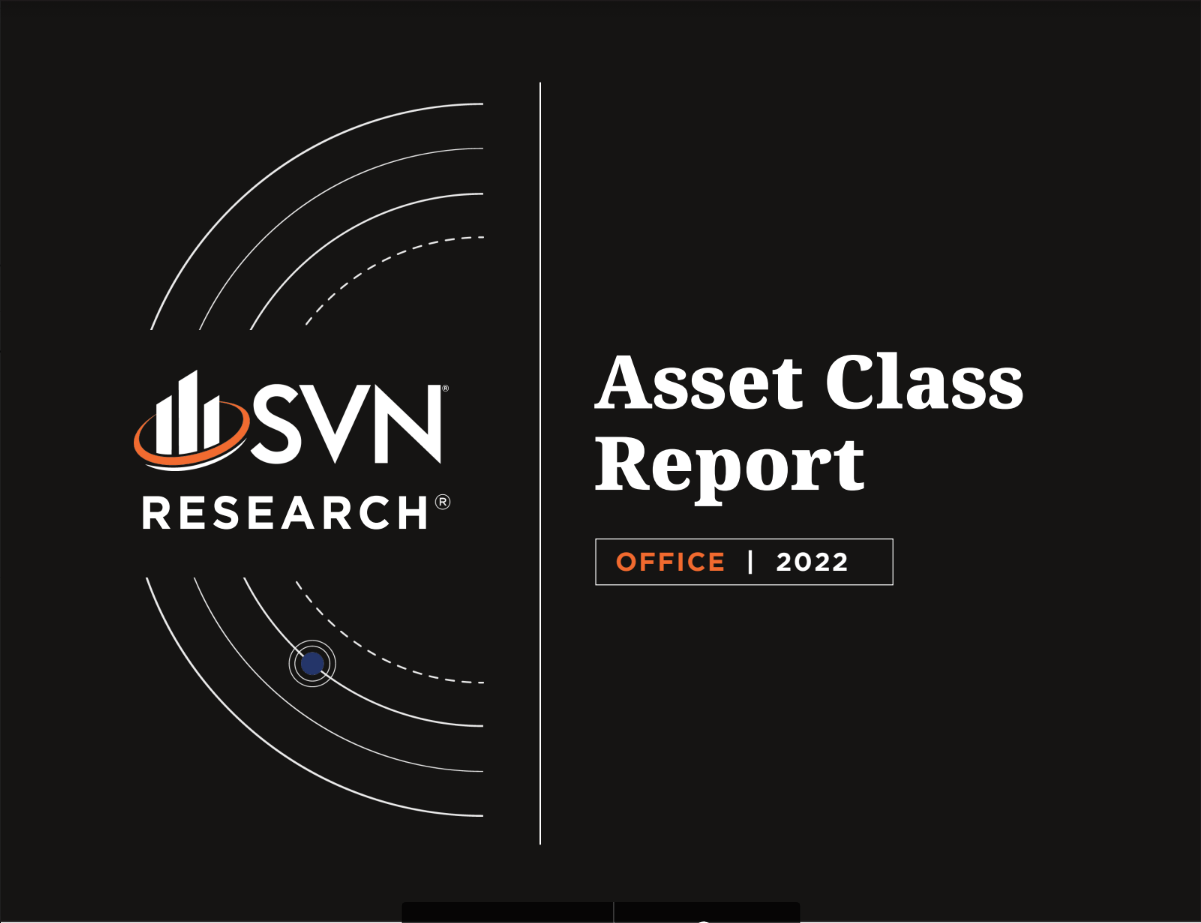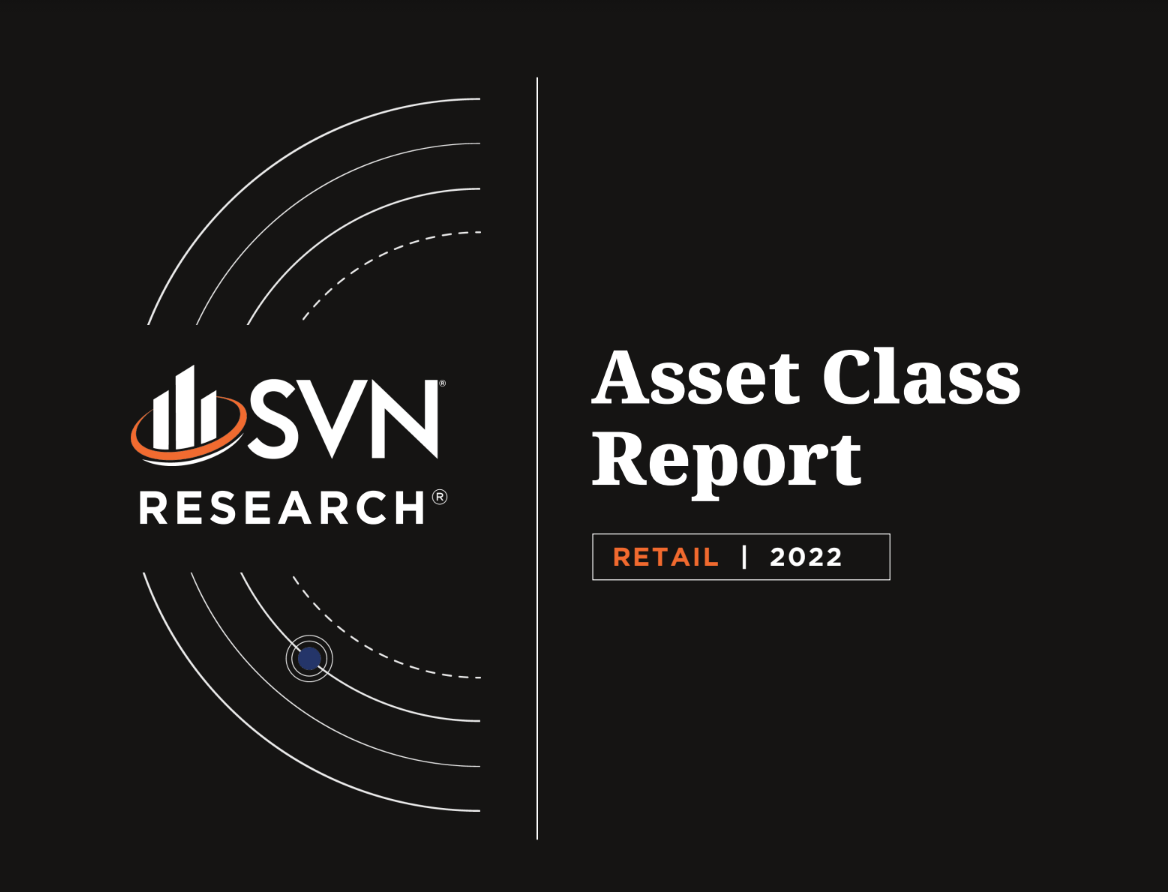admin / April 29, 2022
Commercial Real Estate Economic Update 4.29.22
Commercial Real Estate Economic Update 4.29.22
Featured topics:
- GDP
- ULI Spring Economic Forecast
- Recession Risks
- Apartment Sector Update
- Office Sector Update
- Retail Sector Update
- Industrial Sector Update
- Builder Confidence
- Small Businesses Raising Prices
- Workforce Confidence Index
Commercial Real Estate Economic Update 4.29.2022 – (Download Full PDF)
1. GDP
• Real GDP decreased by an annualized 1.4% during Q1 2022, down from Q4 2021’s revised figure of 6.9%. This is the first quarterly contraction in US economic growth since the early days of the COVID-19 pandemic in Q2 2020.
• Increased COVID-19 cases due to the Omicron variant continued to disrupt economic activity while government assistance programs, including small business loans, grants to state and local governments, and payments to households, continued to sunset.
• Decreases in motor vehicle sales and retail trade contributed the most to a broader decrease in private inventory investment. Exports declined, largely due to a decrease in sales of nondurable goods, but this was partially offset by an increase in financial serves and other business services. Imports rose over the quarter.
• Personal consumption expenditures rose, largely reflecting a rise in health care and other services, while goods registered a decline. Within goods, nondurable goods, particularly gasoline and other energy-related items, declined. On the other hand, durable goods, led by Motor Vehicles and parts, as well as nonresidential fixed investment, increased.
2. ULI SPRING ECONOMIC FORECAST
• The Urban Land Institute forecasts strong economic and employment growth through the end of the year, according to its latest Real Estate Economic Forecast.
• The report, released several days before the Bureau of Economic Analysis (BEA) Q1 2022 GDP update, predicts the economy returning to pre-pandemic growth by 2024. In their analysis, ULI notes an expectation that commercial real estate transaction volume will moderate somewhat in the coming years, declining from a record $846 billion in transactions in 2021 to $800 billion in 2022. Their forecast predicts volume to fall to $725 billion in 2023 before rising again to $750 billion in 2024.
• After experiencing price growth of 19.5% in 2021, the report projects a moderation in price increases but still with significant growth, forecasting a 10% average increase in 2022 before falling to 6.0% and 5.9% in 2023 and 2024, respectively.
• The report does not expect a significant change in vacancy rates over the forecast period due to an expectation that demand will remain strong amid historically tight inventory.
3. RECESSION RISKS
• Earlier this month, Deutsche Bank became the first major bank to forecast a coming US recession— largely based on concerns that the Federal Reserve may not be able to achieve a “soft landing” for monetary policy, potentially pushing the economy into a recession.
• Persistent inflation has forced the Fed’s hand to try and aggressively get a handle on price stability. From the view of Deutsche Bank economists, “It is now clear that price stability…is likely to only be achieved through a restrictive monetary policy stance that meaningfully dents demand.”
• Their forecast predicts a “mild” US recession that would last just a couple of quarters with the potential to push the unemployment rate up to 5%. The bank’s economists base this on a consensus that the Fed could raise its policy rate as high as 3.5% to cool price increases that they see extending into next year— a move that could deliver a blow to consumer demand.
4. APARTMENT SECTOR UPDATE
• According to Real Capital Analytics (RCA), Apartment cap rates are averaging 4.7% through Q1 2022— holding steady since Q3 2021.
• Both subsectors that RCA tracks, Garden and Mid/Highrise Apartments, saw cap rates compress over the past four quarters, declining by 29 and 26 basis points, respectively.
• Apartment transaction volumes fell to $62.96 billion in Q1 2022 after a record-breaking performance in Q4 2021, where transactions reached $161.63 billion. Still, volume is up 4.17% year-over-year.
• Apartment unit valuations through Q1 2022 are down -2.28% quarter-over-quarter but remain up by 20.33% from one year ago.
5. OFFICE SECTOR UPDATE
• According to Real Capital Analytics, Office sector cap rates have ticked up in recent months but remain near all-time lows, experiencing a slight increase from 6.2% to 6.3% in Q1 2022. Office cap rates are down by 20 bps year-over-year.
• Cap rates for Suburban Office assets compressed by 40 basis points to 6.3% between Q1 2021 and Q1 2022. Office assets in Central Business Districts (CBD) saw cap rates rise by 80 bps to 5.9% from the previous quarter and are up 60 basis points from one year ago.
• Office sector transaction volumes fell steeply in Q1 2022, declining by 37.3% to $35 billion. Both Suburban and CBD Office saw transactions fall by 35% or more.
• Office sector valuations measured on a per square foot basis remained relatively unchanged, rising from $290 per square foot to $293 per square foot from the previous quarter. They are up 43.7% year-over-year.
6. RETAIL SECTOR UPDATE
• According to Real Capital Analytics (RCA), Retail sector cap rates have remained steady over the past several quarters, charting in at 6.4% between Q3 2021 and Q1 2022. Retail cap rates are down by 20 basis points from Q1 2021.
• Retail shops saw cap rates drop by 10 basis points from the previous quarter and are down 30 basis points from one year ago. Meanwhile, retail centers saw cap rates rise by 20 basis points from the previous quarter and remain unchanged from one year ago.
• After reaching record transaction volumes (since RCA began tracking in 2001) in Q4 2021, the Retail sector saw volumes sink by 49.4% to $18.6 billion in Q1 2022. Still, retail transactions are more than double their Q1 2021 volume.
• Measured on a per square foot basis, asset prices, on average, are down by 2.0% quarter-over-quarter but remain up by 16.4% year-over-year.
7. INDUSTRIAL SECTOR UPDATE
• According to Real Capital Analytics, Industrial sector cap rates rose by 30 basis points from the previous quarter to 5.8% but just a tick up from one year ago, when cap rates stood at 5.7%.
• Flex Industrial assets have posted the largest annual cap rate rise through Q1 2022, climbing by 30 basis points from one year ago to 6.4%. Meanwhile, Single Tenant Warehouse assets have ticked up by 10 basis points from one year ago.
• After three consecutive quarterly increases, Industrial sector transaction volumes fell in Q1 2022 to $33.91 billion from $77.0 billion in Q4 2021. Still, volume is above the 22.6 billion registered in Q1 2021.
• On a per square foot basis, Industrial sector asset prices climbed by 6.5% quarter-over-quarter to $139 per square foot. Momentum in the sector has remained strong throughout the pandemic recovery, with Industrial assets prices climbing by 21.0% over the past year.
8. BUILDER CONFIDENCE
• Higher construction costs continue to take a toll on builder confidence, according to recent data by the National Association of Home Builders (NAHB)
• According to the NAHB/Wells Fargo Housing Market Index (HMI), builder confidence in the market for newly-built single-family homes dropped two points to 77 in April, its fourth consecutive monthly decline.
• The current sales conditions portion of the index fell two points to 85, while the subindex tracking the traffic of prospective buyers posted a six-point decline to 60. Sales expectations in the next six months increased three points to 73 following a 10-point drop in March.
• Builders report a drop in sales traffic and sales conditions that fell to their lowest levels since summer 2021. Driving the decline are persistent supply chain issues alongside rapidly rising interest rates while rising home prices tamper demand in entry-level markets. Mortgage rates have risen by 1.9% since the start of the year.
9. SMALL BUSINESSES RAISING PRICES
• According to a recent survey from the National Federation of Independent Businesses, roughly 40% of small businesses in the US plan to raise sales prices by 10% or more in the near future as inflation continues to rage across the economy.
• The survey, which was conducted between April 14th and April 17th among 540 small business owners, shows that over two-thirds of respondents intend to raise their prices within the next three months. Roughly half of the firms are planning increases of 4% to 9%.
• Nine-in-ten firms in the survey indicated that they’ve already had to raise prices in order to account for rising costs. 62% say that inflation is having a “substantial” impact on their business, with another third indicating a “moderate” impact. None of the respondents claimed that inflation was having “no impact.”
10. WORKFORCE CONFIDENCE INDEX
• LinkedIn’s Workforce Confidence Survey reports that so far in 2022, the cities of Nashville, Greenville (SC), and Louisville outperform all other metros in workforce optimism.
• The study, which constructs an index based on the responses of nearly 35,000 US professionals, reports that seven of the top-ten spots on their list were in the Southeastern corner of the US—another accolade of the region’s recent outsized economic performance.
• Miami and Greensboro (NC) round out the top five, followed by Salt Lake City, Seattle, Pittsburgh, Hampton Roads (VA), and the Raleigh-Durham area. Each of the top three metros registered a score of 50 and above compared to the nationwide average of 41.
• Driving the numbers are a series of factors. Nashville has benefited from a population influx alongside large investments by companies like Amazon and a booming healthcare sector. Greenville has become a growing hub for automobiles, with a large regional footprint by BMB alongside others. Louisville has benefited from a more diverse economy, with significant footprints from healthcare, manufacturing, retailing, financing, lodging, and transportation/warehousing.
SUMMARY OF SOURCES
• (1) https://www.bea.gov/news/2022/gross-domestic-product-first-quarter-2022-advance-estimate
• (2) https://americas.uli.org/spring-economic-forecast-2022/
• (4) https://app.rcanalytics.com/#/trends/downloads
• (5) https://app.rcanalytics.com/#/trends/downloads
• (6) https://app.rcanalytics.com/#/trends/downloads
• (7) https://app.rcanalytics.com/#/trends/downloads
• (9) https://assets.nfib.com/nfibcom/Inflation-Survey-FINAL.pdf
• (10) https://www.linkedin.com/pulse/feeling-good-10-us-metros-top-all-rivals-workforce-georgeanders/
©2022 SVN International Corp. All Rights Reserved. SVN and the SVN COMMERCIAL REAL ESTATE ADVISORS logos are registered service marks of SVN International Corp. All SVN® offices are independently owned and operated. This is not a franchise offering. A franchise offering can only be made through a Franchise Disclosure Document.
« Previous Next »